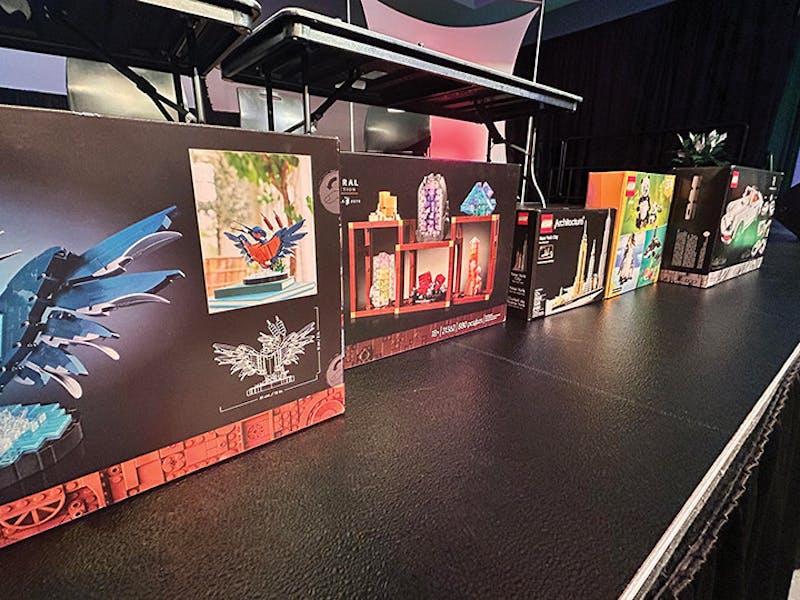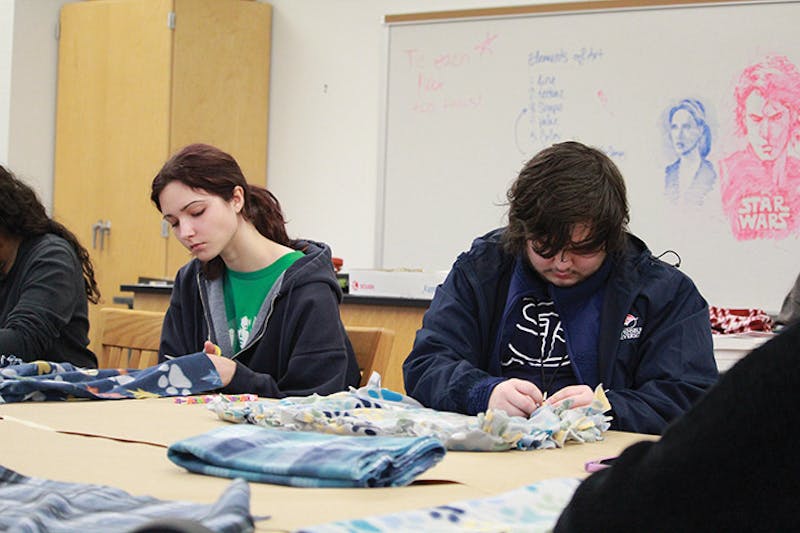After being in South Korea for two months, I have realized just how many things I should have done differently to prepare for my trip. Do not get me wrong, I am having a great time and I have adjusted very well to living abroad, but I have a lot of advice about what I think would have made this easier.
1. Learn Hangeul before your trip
Shippensburg University unfortunately does not offer any courses on the Korean language, but the program I am participating in does not require any experience. My mistake was planning to have completely no knowledge of Korean before coming here, and it made the beginning very stressful.
You do not need to have a perfect understanding of grammar to travel, but being able to read the Korean alphabet, Hangeul, before coming here will save you a lot of stress. Even if you don’t know what something means, being able to sound out words makes things like ordering food and finding locations so much easier.
Apps like Duolingo, Lingodeer and Write Korean can help, but keep in mind that no app is perfect. I personally found that the Duolingo pronunciation was a little off for letters like ㄷ and ㄱ, but it gives a good gist of what it should be.
2. Download Naver and Papago
I did not know this before coming to Korea, but not all navigation apps work abroad like they do in the US. Instead of Google Maps, we use either Naver or Kakao Maps to travel, as they are connected to the Korean public transit systems. These apps can tell which trains and buses to take when but operates best if you search in Hangeul (which makes sense as, you know, the app is meant for people living in Korea).
To combat the language barrier, I also recommend you download Papago. This is a translator app that is better than Google Translate and has a super helpful photo feature. You can take a picture of anything, and it will translate what it sees written in Korean, or the other languages it has featured. The developers of this app have saved my life in so many instances: using a printer, the washing machine, finding non-spicy food– the list goes on. This is an essential app if you are not a fluent speaker before traveling.
3. Get a Korean SIM card
You need a Korean phone number for so many things, and I did not know that when I decided what I was going to do to have a cell phone in Korea. My American number is not accepted for most things, which has made somethings more difficult. Calling taxis, ordering takeout and even shipping items all require a Korean number. The work around is barrowing your Korean friends number, but that does not work if they are not traveling everywhere with you.
SIM cards are not hard to find, and you can even get something called an e-SIM that does not require you to physically replace your American SIM. However, as I have not used any of these personally, I cannot fully recommend which is the best option. Still, I know that traveling is a lot easier when someone in the group has a Korean number, and when I come back, I will be getting a SIM card.
4. Bring proper electricity adaptors
An overlooked part of my packing process was getting adaptors for my electronics. Korea uses 220-volt outlets, whereas the US uses 120-volt outlets, which means your plugs will not fit and you can fry your cords if you do not have the correct adaptors. I bought a dinky little overpriced convertor from the airport, and it did not do what I needed it to.
I cannot use the hairdryer I bought because the convertors I have cannot handle the amount of energy it uses. Do a little research, find the right convertors, and get them months before you go so you are not scrambling the night before like I was.
5. Do familiar things
Yes, going to a foreign country is all about experiencing new things and gaining new experiences, but there is something to be said about finding ways to maintain familiarity. Going to familiar events and eating familiar foods give you a great base for comparing Korea to your home.
I am Catholic, and I try to make it to church every few weeks. While I do not know what is being said, because every Mass follows the same pattern, I always know what is going on. At the last mass I attended, we sang one of the songs we sing at my home parish but in Korean, which was super interesting. Doing the familiar alongside the new has made my adjustment to Korea much easier for me, so I highly recommend this.
To follow along with my last two months in South Korea, follow my travel Instagram @eap_travels for weekly updates on Fridays at 8 a.m. EST.



The Slate welcomes thoughtful discussion on all of our stories, but please keep comments civil and on-topic. Read our full guidelines here.